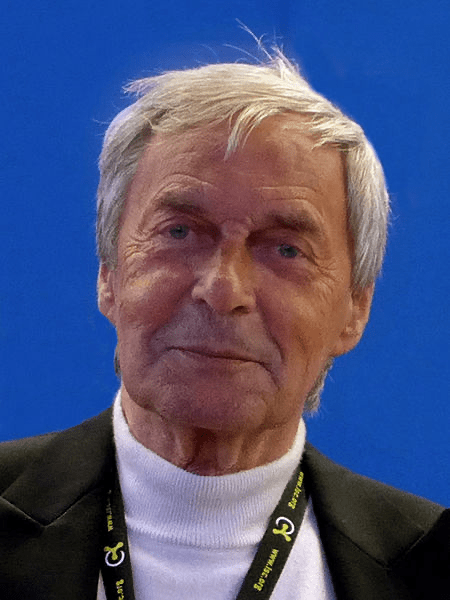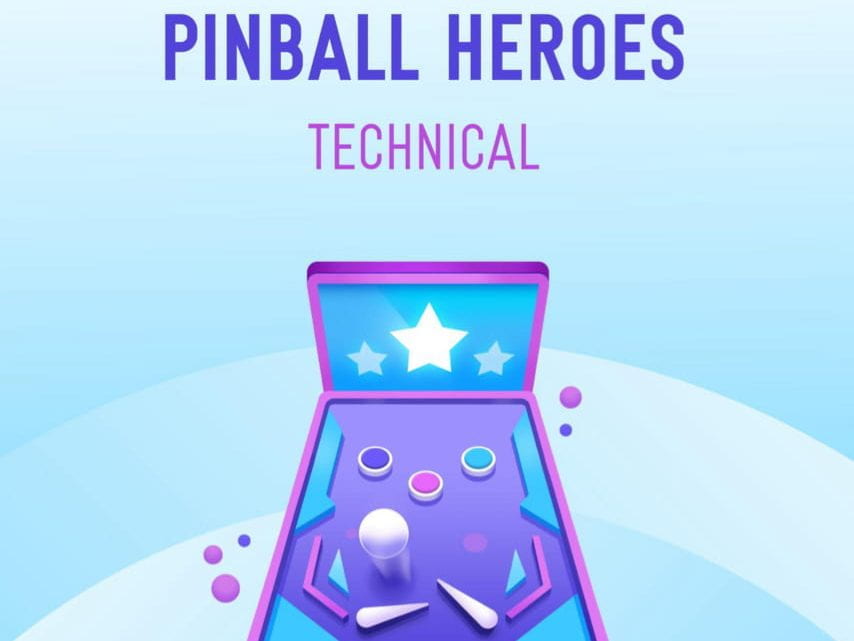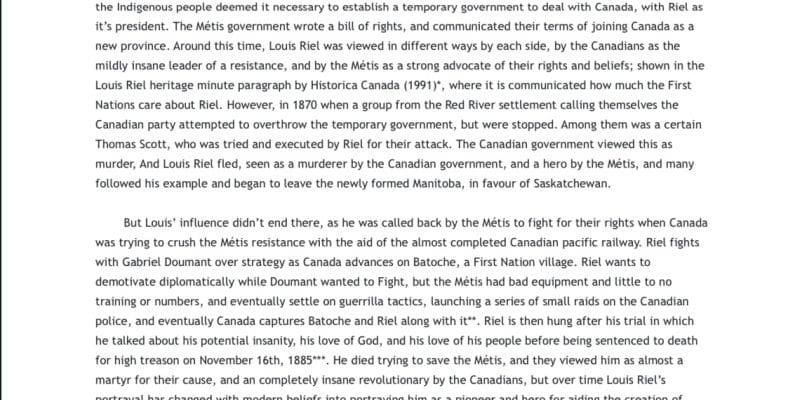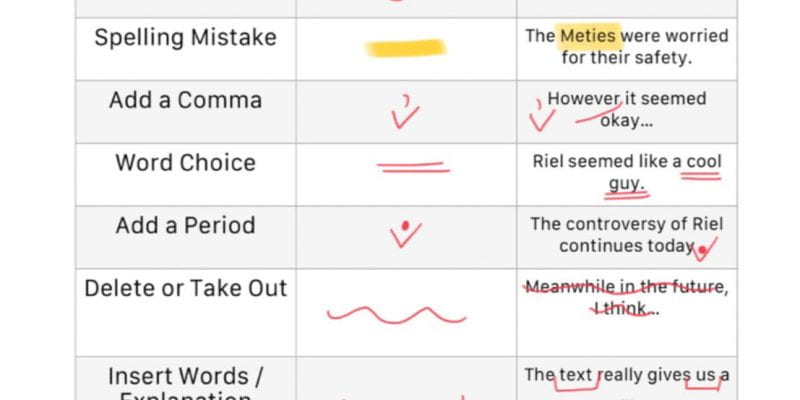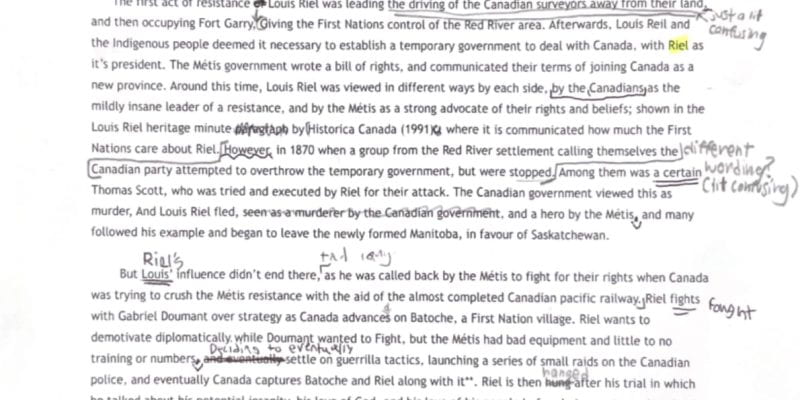How did one Canadian military engineer kill three men, and capture twelve more in WWI, and how did I turn it into a graphic novel? Well, you’ll just have to read the post! Easy as that.
Hello once again to another exciting, riveting, super-fantabulous blog post coming soon to a city near you! This time we were learning about the bad, the ugly, and the uglier of WWI and its impacts on the world. So, without further ado, let’s jump into WWI.
Our driving question for this project was: How can I create a graphic novel that accurately depicts an event from WWI?
This project’s title was: “WWI Con – The Great War Graphically told”, and it was about telling the story of the Great War though a graphic novel. This plays into our everlasting theme of storytelling, also teaching us about the importance and impact of the Great War, our processing skills; understanding of narrative structures, analysis of a historical event, and visual art production. We knew from the start that we were going to be making a comic book for this project, which seemed daunting but also kind of fun.
We began this project with research, as we often do, looking into primary sources, big ideas, and fun facts alike to gain an understanding of the events that transpired in the Great War with a focus on Canada and its contributions. This research included a novel study of the graphic novel World War One by Alain Cowsill and Lalit Kumar Sharma where we learned about the causes and realities of WWI, and also gained inspiration for our own comics. We also completed a study of the amazing film, 1917; a brilliant (in my opinion) story told in a unique, nonstop format that taught us about the realities of WWI and offered an interesting perspective on the art of storytelling.
World War One: The Great War graphically told
We then moved on to thinking about our final product, which for this project was going to be in the form of a 20 panel minimum short graphic novel. First, we learned about a lot of different comic making techniques, which are shown below, spanning from how to space and format our panels, to what should actually be inside them and how to make them feel alive and be engaging. My chosen method for creating this comic was tracing primary source images / photos from the time; this is what most people in my class did, but I have major respect for those that managed to freehand the entire thing.



However, creating our comic didn’t just consist of drawing the actual panels, but included a lot of research, topic selection and storyboarding before we could even begin to draw our story. Originally, I wanted my story to be about the air force somehow, or one of the Canadian Flying aces, but it turned out that a lot of people wanted to work on this topic, so I made a shift to ‘Sappers’ as my topic. Sappers are military engineers, soldiers who bolster their country’s or “side’s” movement and impede the enemy’s; building or repairing bridges, planting or removing mines and digging trenches were all included in their duties along with other things. I decided to focus on a real person, Coulson Mitchell. He really was an amazing man, being the only Canadian sapper to earn the Victoria Cross in WWI. If you want to see what he earned it for, you’ll have to wait until the comic later in the post. After pouring through countless sites trying to piece together as much as I could of his life, and the events I knew I was going to showcase in my comic, it was time to get to storyboarding! Below is my initial storyboard:
Then I began to create the actual comic; laying out every panel, finding primary source imagery to fit the scene, applying the research I did, tracing and colouring, and then adding extra effects like narrator’s blocks and speech bubbles to form my story. Here is a video of part of the creation.
On a normal project, this would be where we would be done, but this was no ordinary project, as we now had to present our final product in our PLP Spring Exhibition 2024. Now this exhibition felt different from others in the past because we didn’t have very much physical stuff to show unlike other exhibitions, and so somehow I felt less stressed leading up to it because we didn’t really have much to show. Or maybe it’s just getting less stressful, I don’t really know. But either way, setup was as chaotic as ever with misprinted comics (this happened twice!), a failing trench , and few decorations. We resorted to bringing in ivy, rocks, and wood from the forest to make everything look nicer, along with some paper from the art room used as a tablecloth. Big thanks to anyone who stopped by to see my comic, “Coulson Mitchell”, and an even bigger thanks to those who asked me some good questions about him and the creation of the comic. I won’t keep you waiting any longer; here is the finished comic:
So now you know what I did, but what did I learn?
I felt that within this project I deepened my understanding for many topics, such as:
– Planning: all the work that went into my storyboard.
– Research: using good sources for accurate information.
– Drawing/Storytelling: managing to tell a story throughout my comic book, and the actual creation of my panels and their contents within the book.
– Presenting: all of the work that went into showcasing my comic book.
All of this along with many other assorted skills were improved upon within my time working on this project. If I did it again, what would I change? I think a few things that could have been improved are:
– Preparation: being a bit more ready for the exhibition would have saved me a lot of stress on the day
– App selection: there is a better app I could have drawn my comic in which might have saved me some time, and if I had used Comic Life 3 (an app for comic creation), my text blocks and bubbles might have looked a lot better and made the story easier to read
– Writing: I meant to re-visit my script for the comic book at some point after the comic book, so I felt like the dialogue within the book was lacking, not to mention some grammar/spelling errors.
And so, to answer the driving question: We can create a graphic novel that accurately depicts an event from WWI by creating an engaging story though meticulous research, well formatted and written dialogue, quality visuals, and reciting and interesting storytelling.
Overall, I actually had a lot of fun with this project, and I would put in my top three projects for this year. I learnt a lot, but I’m still glad that I won’t have to write another one to these for around three months. See you after summer! 🏖️














